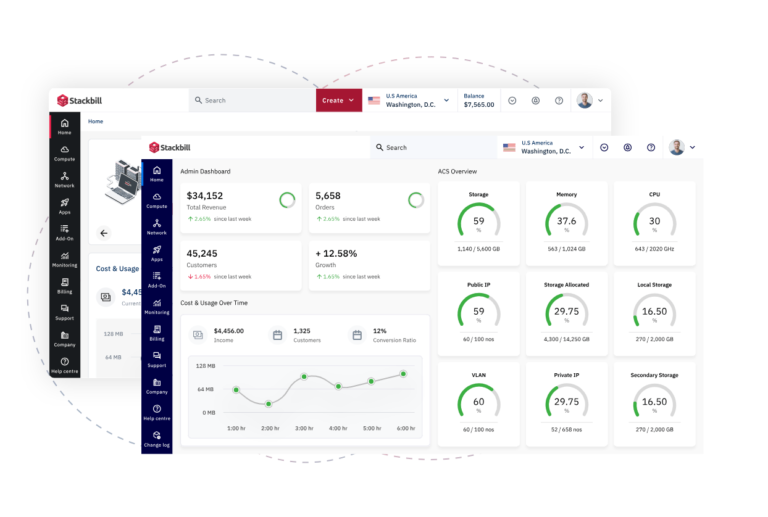Load Balancers
Benefits of Using Load Balancers |
Types of Load Balancers
Choosing the Right Load Balancer for Your System
- Hardware
- Software
- Cloud

Balance Traffic - Avoid Overburdening

Enhance Load Balancing
Spread the workload evenly to prevent overwhelming a single server, which could result in slow performance, system downtime, and financial losses.

Reliable Traffic Management
Manage heavy traffic for online stores, digital marketplaces, social media platforms, SaaS solutions, and any other system that demands speed and reliability.
Eliminate Downtime
Route incoming requests across backend servers to ensure your application efficiently manages traffic surges.

Maximum Uptime
A load balancer efficiently directs incoming requests to the backend, ensuring smooth handling of traffic surges.

Effortless Upkeep
Ensure application performance during maintenance and updates by seamlessly adding or removing backend servers using the Cloud Manager, API, or CLI.

System Wellness Tracking
Lorem ipsum dolor sit amet, consectetur adipiscing elit. Ut elit tellus, luctus nec ullamcorper mattis, pulvinar dapibus leo.

Adaptive Traffic Balancing
Lorem ipsum dolor sit amet, consectetur adipiscing elit. Ut elit tellus, luctus nec ullamcorper mattis, pulvinar dapibus leo.
Take advantage of the ease of paying on a monthly basis.
Maximize savings with annual billing cycles.


Adaptive Pricing
Personalized plans to accommodate different traffic levels, providing the ideal solution for you.

On-Demand Pricing
Affordable and scalable pricing based on the traffic you use.

Clear Pricing Estimates
Accurate cost insights to support efficient planning and budgeting.

Affordable Growth
Effortlessly scale your load balancer without high costs as workloads increase.
Effortless Domain Management
Take full control of your domain with ease. Manage your settings effortlessly and efficiently.
Have Any Questions?
A Load Balancer distributes incoming traffic across multiple servers to ensure high availability and performance.
Layer 4 (Transport Layer) – Uses IP and TCP/UDP.
To improve scalability, availability, and fault tolerance of applications.
It ensures a user’s requests are sent to the same server for session consistency.
Yes! It helps prevent DDoS attacks, hides backend servers, and supports SSL termination.














